Few people will ever complain about Stephen King’s ability to start a story. As a writer, he’s uniquely great at having his narratives hit the ground running. Often, a blurb, first chapter, or even just an opening sentence is enough to be sufficiently intriguing. You know, The Shining is a psychological and supernatural horror story about one man falling into madness while looking after a hotel, and 11.22.63 is about using time travel to stop the John F. Kennedy assassination. Stuff like that.
More divisive, though, is Stephen King’s knack for ending his stories, with the following works having endings that are infamous for a variety of reasons. That variety needs to be emphasized. Some are infamous because they’re so shocking, others are infamous because some people find them unsatisfying, and others are infamous because they might well not feel climactic or fitting enough. Your mileage will vary with all of these, as “infamous” is different from “worst;” it suggests these are, probably more often than not, love-them-or-hate-them sort of conclusions.
This article will contain spoilers for a bunch of Stephen King stories.
10
‘Desperation’
First published: September 24, 1996
Desperation is a bit of a strange one, even by Stephen King’s standards. It’s a twin novel with one that he wrote under the Richard Bachman name, The Regulators, though the two are only really linked in fairly loose ways, like having the same names while an ancient evil known as Tak is ultimately the most prominent antagonist of both.
It’s a story King certainly knew how to start, but maybe not finish, since the first half of Desperation is strong, and then the second half really runs out of steam.
The Regulators is kind of a mess all the way through, but Desperation starts strong enough. There’s intrigue with a whole bunch of characters passing through a town and getting held there by a very odd sheriff who holds them captive (or outright kills them). But once the group forms together, and the whole thing takes on more of a “good vs. evil” thing, broadly speaking, Desperation loses the plot a bit. It’s a story King certainly knew how to start, but maybe not finish, since the first half of Desperation is strong, and then the second half really runs out of steam.
9
‘The Tommyknockers’
First published: November 11, 1987
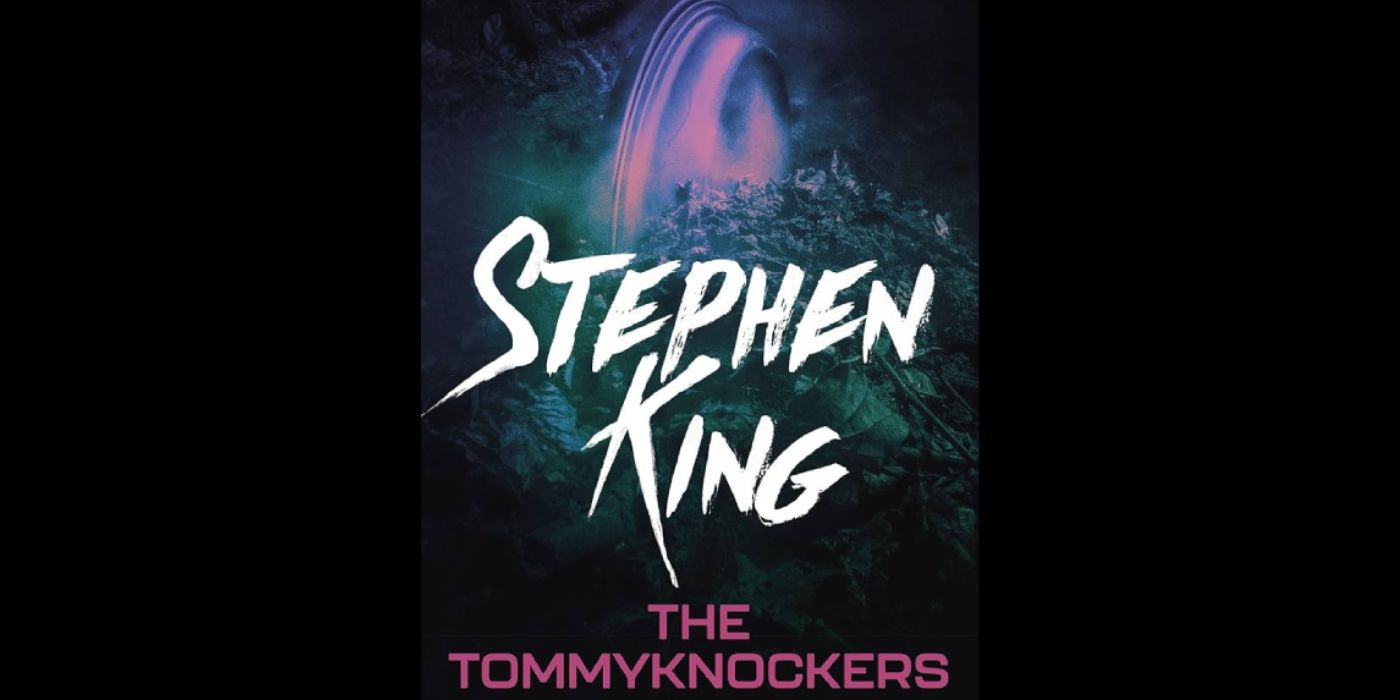
Since much of The Tommyknockers is messy, perhaps it feels appropriate that the ending doesn’t entirely satisfy. This book’s one that King has admitted would need a strong re-edit, were it to reach its full potential, but to describe it as broadly as possible: it’s about the discovery of a portion of a spacecraft near a small town, and the effects the object seems to have on the minds of the people living there.
It’s like Salem’s Lot, but science fiction, not as good, and so much longer. Really, the conclusion falters in the same way the whole book falters, but at least that means it’s not a noticeably bad ending. Things kind of wrap up a little too cleanly for something so long and sprawling, but the ending, when it comes, is also somewhat merciful, because even if you like a good 300 to 400 pages of The Tommyknockers, you have to contend with another 300 to 400 pages that aren’t so good.
8
‘The Colorado Kid’
First published: October 4, 2005
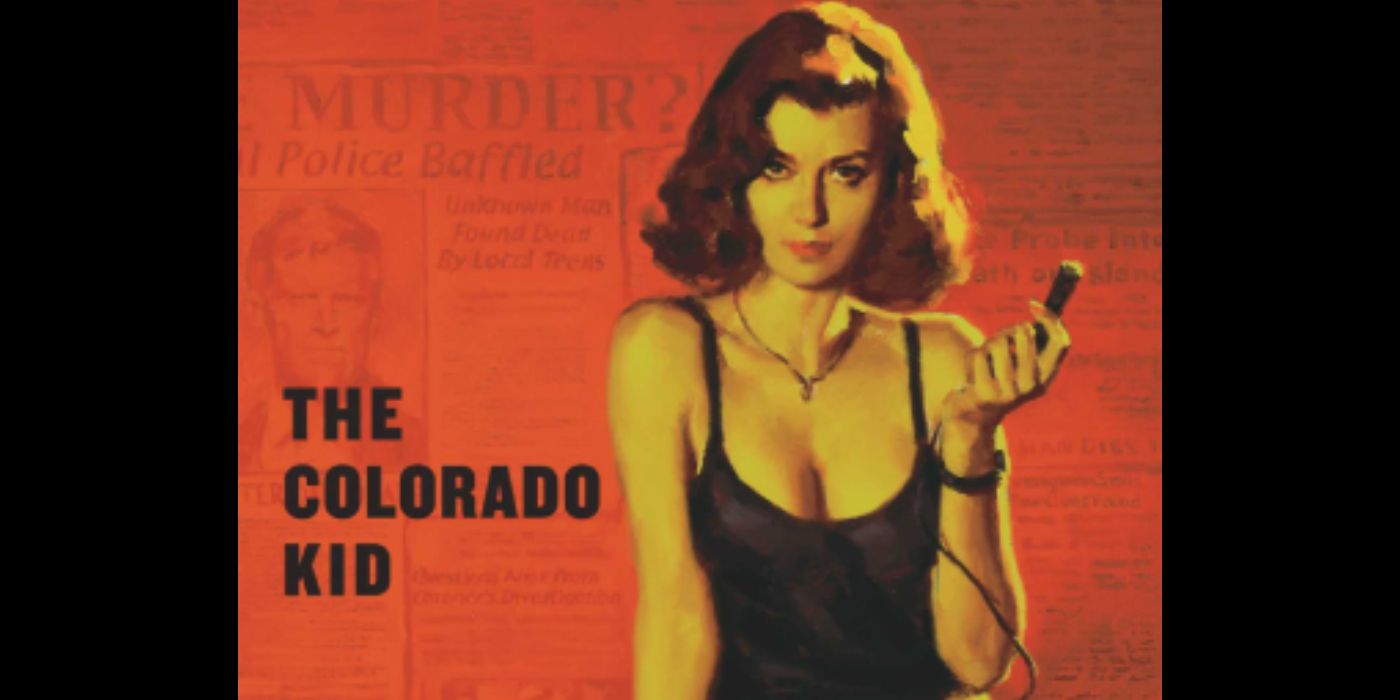
It’s a bit cheeky to include The Colorado Kid here, as the lack of a fitting conclusion is kind of the point. Also, the novel is so short it honestly comes close to being a novella, so having a mystery at the heart of it all ultimately stay unresolved, by the end, doesn’t sting too much. So much of the story, as well, is about the nature of mysteries and why they’re compelling, even if the answers are elusive.
But, having a story about an unidentified body – and a possible murder – wrap up without closure might not be what everyone’s looking for, even if King handles it relatively well (and with it being thematically fitting). The Colorado Kid is lesser-known, and noteworthy for lacking traditional horror elements, but yeah, as a mystery that’s more about mysteries than it is about truly solving a mystery, it’s got some things to offer.
7
‘The Mist’
Compiled in ‘Skeleton Crew’ (1985)
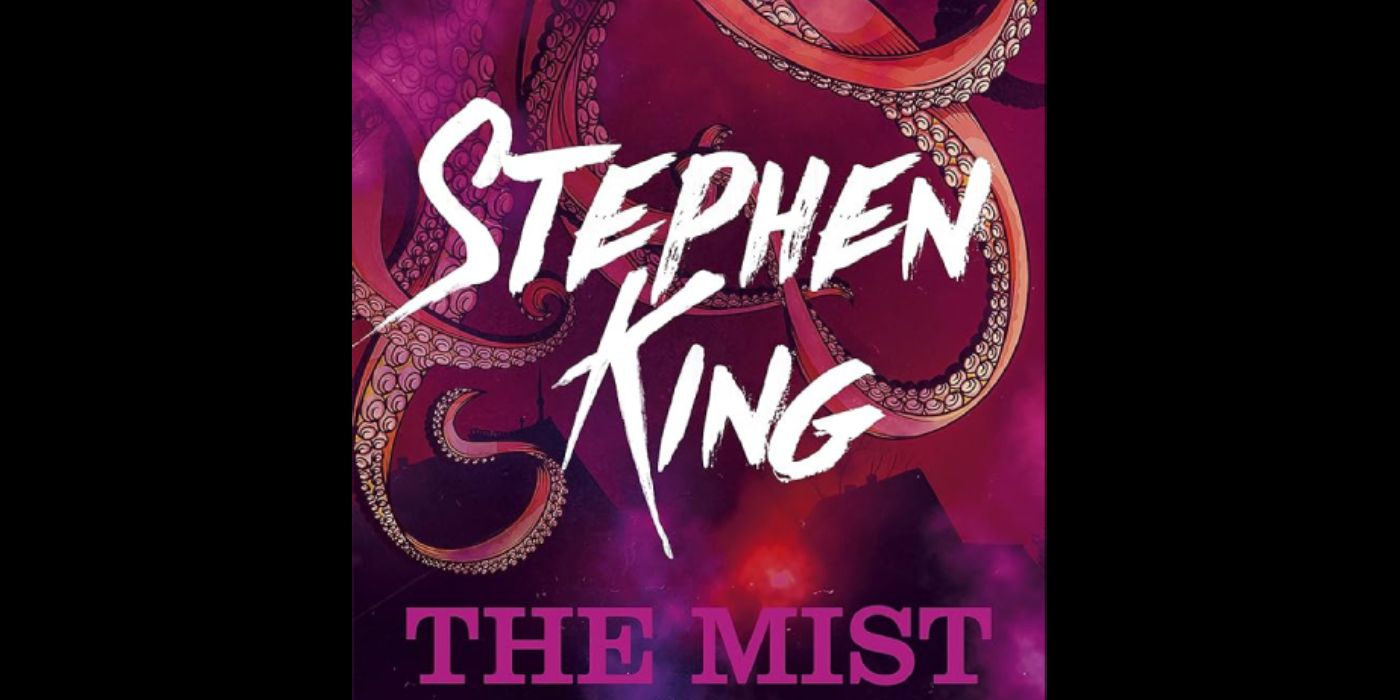
Another interesting story to talk about, in terms of its ending being infamous (or perhaps not), The Mist was originally a short story published in 1980, and first compiled in a Stephen King short story collection in 1985. It then became slightly more well-known thanks to a 2007 film adaptation directed by Frank Darabont, with said movie having a very different ending from the original text.
So, in both versions, people are trapped in a supermarket and there are supernatural monsters outside while monstrous people on the inside prove threatening in other ways. The original short story ends on a somewhat ambiguous note, whereas the movie boldly ends with the characters facing what seems like certain doom, so one of them mercy-kills the bunch of them, including his son. But he did it a moment too soon, as right after, the army comes through and eradicates the monsters in the mist. It’s a gut-punch of a horror movie ending; arguably too forceful… but if you respect the guts of said gut-punch, it might well be what makes the movie.
6
‘The Dark Tower III: The Waste Lands’
First published: September 3, 1991
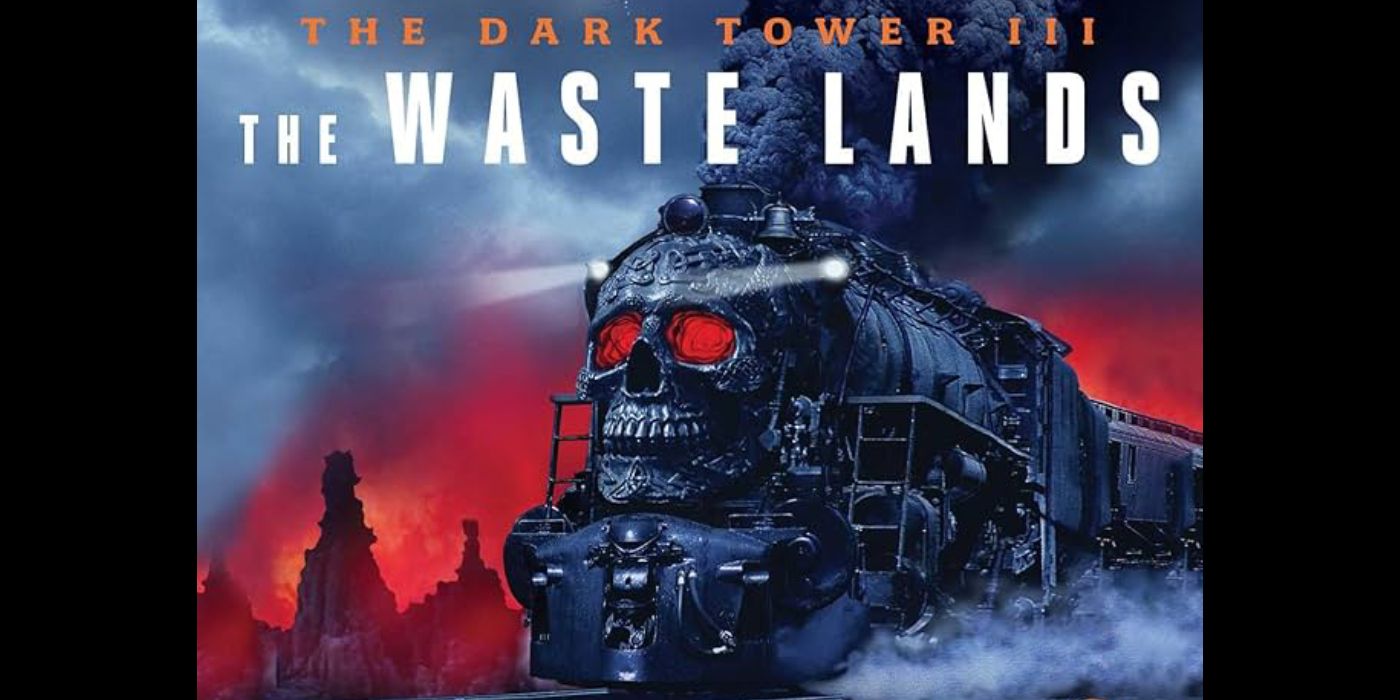
One of those rare Stephen King books without a proper film or TV adaptation (as of 2025), The Waste Lands is the third book in The Dark Tower series, so one could argue that the ending here isn’t as important, given it’s one chunk of an overall seven-part series (or eight, if you count The Wind Through the Keyhole). Where the potential infamy comes in here, though, is the fact that The Waste Lands ends on one hell of a cliffhanger, and it wasn’t resolved for a very long time.
At the end, the main characters are on board a train that wants to play a game of riddles with them, and if they lose, everyone will die (it’s a long story, but it makes enough sense in context). It’s easy to pick up book #4 nowadays, but anyone who read this in 1991 had to wait six years for Wizard and Glass to come out. In fairness, that book does resolve the cliffhanger, but then doesn’t move the main story forward that much, seeing as how most of its pages involve an extended flashback, which was a potentially divisive move on King’s part in a whole other way…
5
‘Cujo’
First published: September 8, 1981
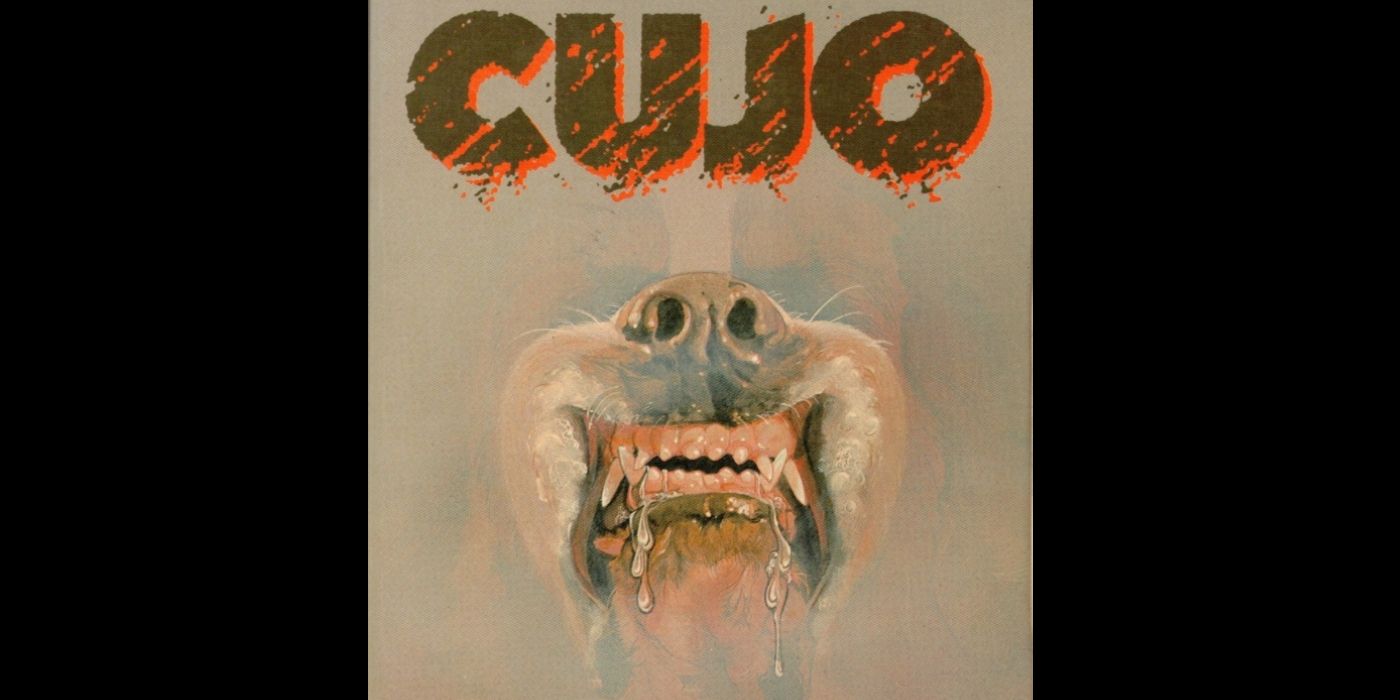
The reverse of what happened with The Mist and its film adaptation, the original novel of Cujo ends on a far more devastating note than the film adaptation did. So, if you don’t like really heavy endings, you might have mixed feelings about the book’s ending, but then if you like the book ending and appreciate where it went, then you might well find yourself conflicted about the overall cheerier movie ending.
In both versions, a dog gets rabies and terrorizes a bunch of people in a small town during its rampage, including a mother and her child, both of whom get confined to a car while the dog waits outside. The kid dies of dehydration in the novel, but just makes it out alive in the film. Both endings can be seen as divisive or troubling for different reasons; it really depends on how dark you’re willing your horror to get, or how accurate you like your film adaptations to be.
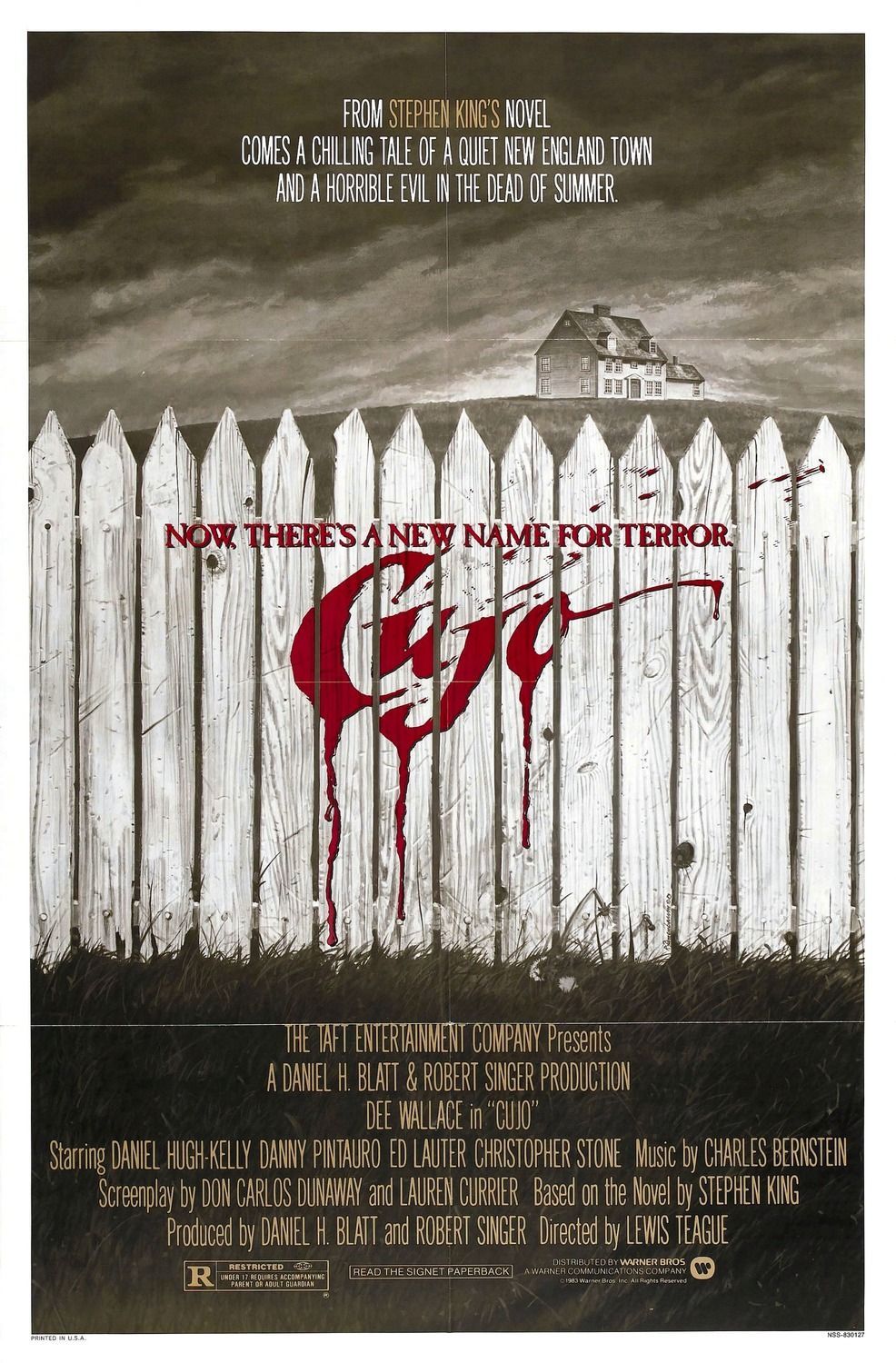
Cujo
- Release Date
-
August 12, 1983
- Runtime
-
93 minutes
4
‘Under the Dome’
First published: November 10, 2009
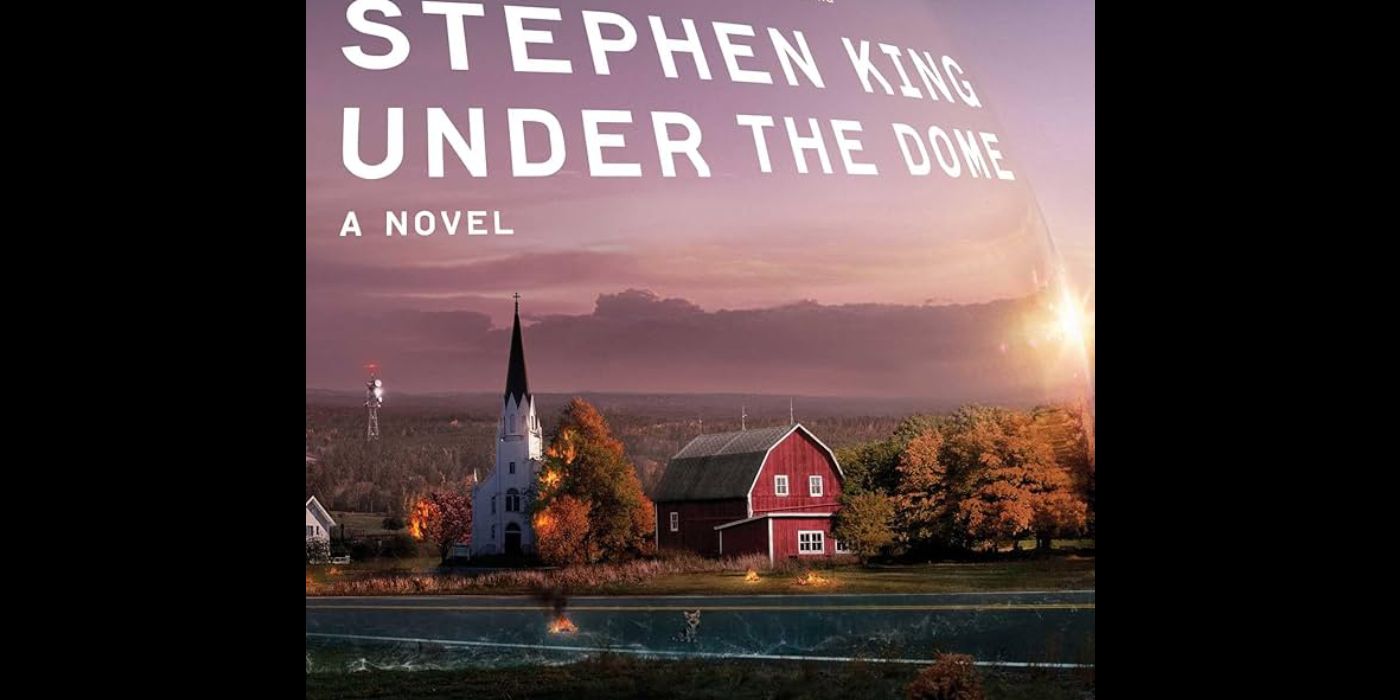
To the credit of Under the Dome, it is a pretty engaging and intense read for most of its length, having another effective hook of a premise that’s intriguing straight away. Things take place in a small town, and involve chaos erupting within when the people living there find a dome has been placed around said town, and no one is able to get out or, at least initially, work out what’s caused the phenomenon.
It’s one of those “more about the journey than the destination” kind of stories, since what ends up being behind the whole thing is, perhaps, a little silly. But, again, infamous or divisive doesn’t mean universally bad, and so Under the Dome’s ending could work for others. And, even if the final chapters are a bit messy, at least so much of what came before was strong.
3
‘It’
First published: September 15, 1986
So, as was the case with Under the Dome and the other soon-to-be-mentioned Stephen King works, big stories are difficult to end in a manner that’s 100% satisfying. This might plague It, to some extent, even though there’s so much going on here ending-wise that the most likely occurrence is that you’ll like some parts of how this one wraps up, and might not feel as keen regarding other elements of the ending.
It does have to conclude two stories at once, in effect, simultaneously wrapping up the main characters’ first battle with the titular IT, as children, and their second, as adults. There is something more than a little alarming that happens with the first of those stories (if you know, you know), and then the extent to which parts of the ending get cosmic might also be a turn-off. Whatever happens, you will feel some sort of strong emotion regarding the way this one ultimately wraps up, for better or worse.
2
‘The Stand’
First published: October 3, 1978
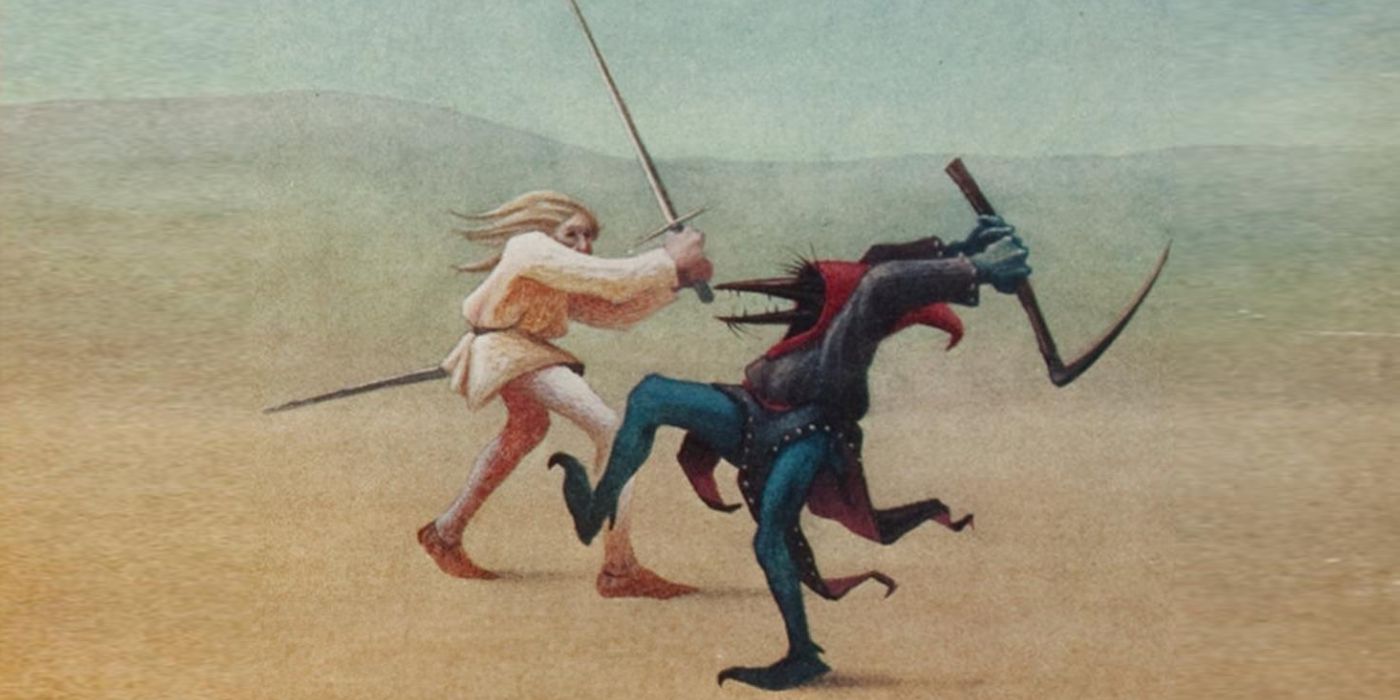
With The Stand, you get one story that’s quite neatly divided into three acts. The first concerns how a deadly virus spreads around the globe, killing 99% of the population, the second concerns two factions forming (one composed of good people, and the other… they’re not so good), and then the final act, when it eventually comes around, inevitably has a showdown between good and evil.
Things wrap up somewhat anticlimactically, insofar as the villains are pretty much defeated in one fell swoop via a deus ex machina, but there are other casualties, and an ominous epilogue that suggests evil will continue to exist in some form or another. It’s a massive novel, and maybe tying up everything in some other way would’ve just made the novel even more massive, in terms of page count. Once more: The Stand ending will work for some, but could well baffle/annoy others.
1
‘The Dark Tower VII: The Dark Tower’
First published: September 21, 2004
Not only did the final entry in The Dark Tower series have to conclude well on its own, it had to wrap up seven books’ worth of story and get its protagonist to the point he’d spent all those pages trying to reach. Said destination is the titular Dark Tower, and Roland, for better or worse, does reach it at the end of this seventh book, and finds… well, probably not what he was hoping for.
This book is already confronting and saddening enough, seeing as how King kills off so many characters and also has some fairly intimidating villains get defeated with relative ease (and sometimes without Roland’s involvement). And then at the top of the Tower, after Roland’s relived so many events from his life, the journey starts anew; The Dark Tower VII ends where the first book in the series began, with one small difference suggesting the next journey could well end on a more hopeful note. Maybe. Whatever might happen is, in the end, in the reader’s imagination.
NEXT: Stephen King Books That Aren’t Horror

